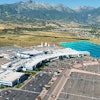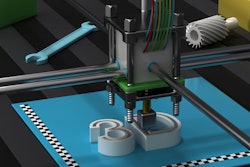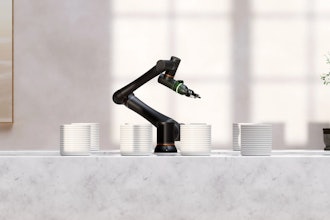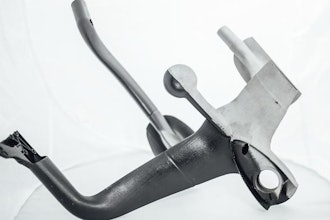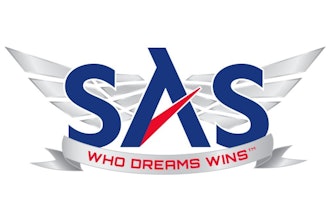
Many companies use simulation to virtually test manufacturing methods, optimize production lines, and create competitive differentiation. Effective simulation reduces time and costs that would typically be driven by physically testing a manufacturing system. Using plant and process simulation, manufacturers can quickly iterate design changes to overcome any problems found during the simulation exercise.
Most manufacturing executives know that simulation is a requirement for success. Still, fewer than half of them believe that their simulation capabilities are effective enough to drive the changes their business needs. Part of the challenge in integrating simulation into an organization is that it requires gathering information that involve stakeholders across departments, vendors, and disciplines and forces alignment and clarity that teams assume they have but realize during the project they don’t.
Successful simulation projects require manufacturers to identify the goals they are trying to accomplish through simulation, determine how they will find the information they need to make the project effective, and establish clear metrics for success. Without addressing these three issues, manufacturing leaders will struggle to achieve the results they want and are susceptible to scope creep.
What Am I Trying to Do?
Once you have decided to start a simulation project, the next question is who needs to be involved in making the project successful? Every project needs a set of stakeholders who can define the project's expectations, set the scope, and ensure compliance throughout the organization. The leaders need to start by asking the right questions:
- What is the goal of the project?
- Who are the key stakeholders that we need to include?
- Has anyone else in the organization undertaken this type of project?
- What kind of tools will help us drive success?
As the simulation team works to identify bottlenecks, inefficiencies, and process gaps, it's also tasked with ensuring the project stays aligned with its original intent to avoid scope creep. The critical consideration here is defining the expected results, including reduced costs, improved workflows, and better scheduling. Starting with a list of upfront targets helps team leaders identify specific KPI's that they hope to achieve before the project begins.
What Data Do I need to Collect?
Like any technology project, simulation software requires working with high-quality data. Data evaluation can include plant data and process data. Plant and process simulation software involves movement simulations, bottleneck analysis, evaluating the sequence of operations on the shop floor, human and robot interaction, and ergonomics for employees.
The key to knowing what data to collect goes back to understanding what you're trying to solve. Leaders will need to examine the project’s KPIs and measures of success, then work with specific departments to pull the information required to meet those targets. The requisite information is spread across the organization, so it will be incumbent on the team leaders to work with key stakeholders to gather it. The data-gathering project will likely be the longest part of your simulation initiative.
How Do I Know if the Technology Worked?
Simulation provides you with a virtual view of the factory floor and the machine requirements. At the end of a completed project, the simulation should set new benchmarks for the production line. The measures could be as easy as reducing wait times for goods that are not currently in use. It could also be eliminating unnecessary movement from employees on the shop floor. Or it could be removing unnecessarily complex processes and improving communication across departments.
The most crucial measure of success is whether the project met or exceeded its pre-stated goals? After identifying KPIs, were you able to make meaningful improvements?
As labor and equipment costs rise, driving efficiencies from product lines becomes crucial in squeezing out money that goes directly to the bottom line. Manufacturers and their customers turn to simulation projects to identify problems during production, reduce scrap, and decrease defects. Manufacturing executives have recognized the need to use simulation as a cost-effective way to optimize production lines. But a poorly run simulation project has the potential to harm the organization.
Successful simulation projects begin with conversations that identify stakeholders, determine the project’s parameters, and set realistic project results.
Paul’s Baldassari is the Executive Vice President of Strategic Programs and Asset Management at Flex.



